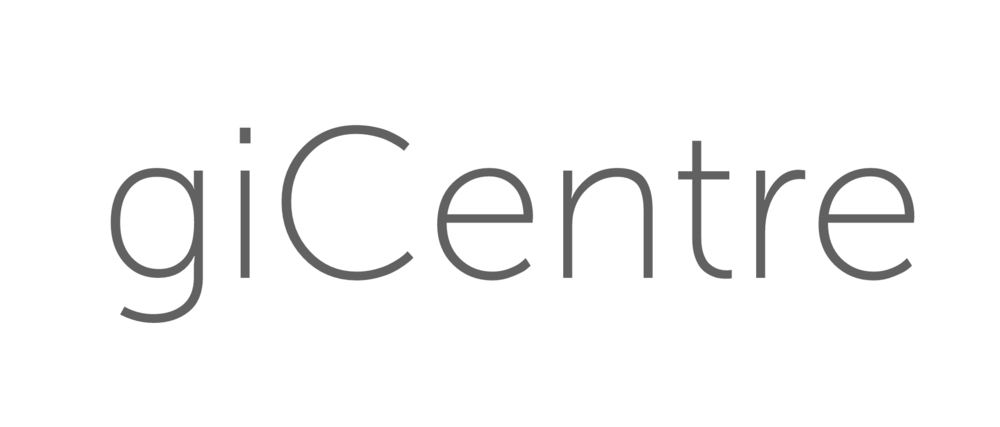Extracting, Comparing, and Manipulating Subsets across Tabular Datasets
Research Seminar Wednesday 13th May, 12:30pm - 2:00pm, ELG01
When visually analyzing data, not only the sheer amount of the data but also its complexity poses a problem. In this talk, I will summarize our efforts to come up with novel ways to interactively analyze large, heterogeneous datasets. I will particularly discuss our work on extracting, comparing, and manipulating subsets across tabular datasets. Most of the presented work is embedded in the Caleydo project, which is a long-running collaboration between JKU Linz, Graz University of Technology and Harvard University. In the last part of the presentation I will briefly talk about the necessary shift of the Caleydo framework from being a standalone software to modern web technology.
Marc Streit is assistant professor at the Institute of Computer Graphics at Johannes Kepler University Linz, Austria. He finished his PhD at Graz University of Technology in early 2011 and moved to Linz later that year. As part of his tenure-track position, he spent a part of the year 2012 as a visiting researcher at the Center for Biomedical Informatics at Harvard Medical School. In 2014 he received a Fulbright scholarship for research and lecturing at the Visual Computing Group at the Harvard School of Engineering and Applied Sciences.
His scientific areas of interest include information visualization, visual analytics, and biological data visualization, where he is particularly interested in the integrated analysis of large heterogeneous data. Most of his research is embedded in the Caleydo project, where he is one of the project leaders and founding-members.
He won Best Paper Awards at InfoVis'13, BioVis’12, InfoVis’11, GI’10 and Honorable Mention Awards at CHI'14, InfoVis'14 and EuroVis’12. He is a co-author of the Nature Methods “Points of View” column. In 2013 he co-edited the Special Issue on Visual Analytics in the IEEE Computer journal. Additionally, he is actively contributing to the scientific community by serving on the organizing and program committee of several scientific events as well as by acting as a reviewer for high-quality journals and conferences.
This is a great opportunity to hear from one of the rising stars of Visualization, who is collecting an increasingly impressive array of awards.



